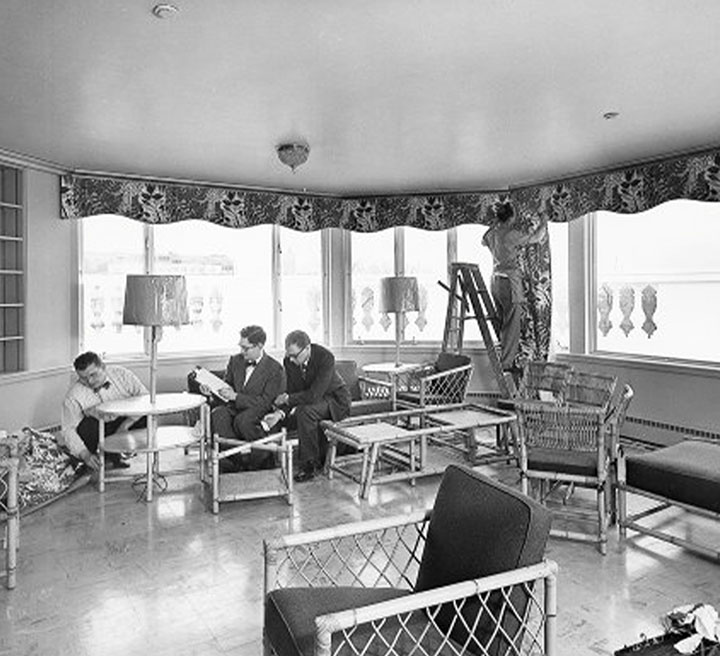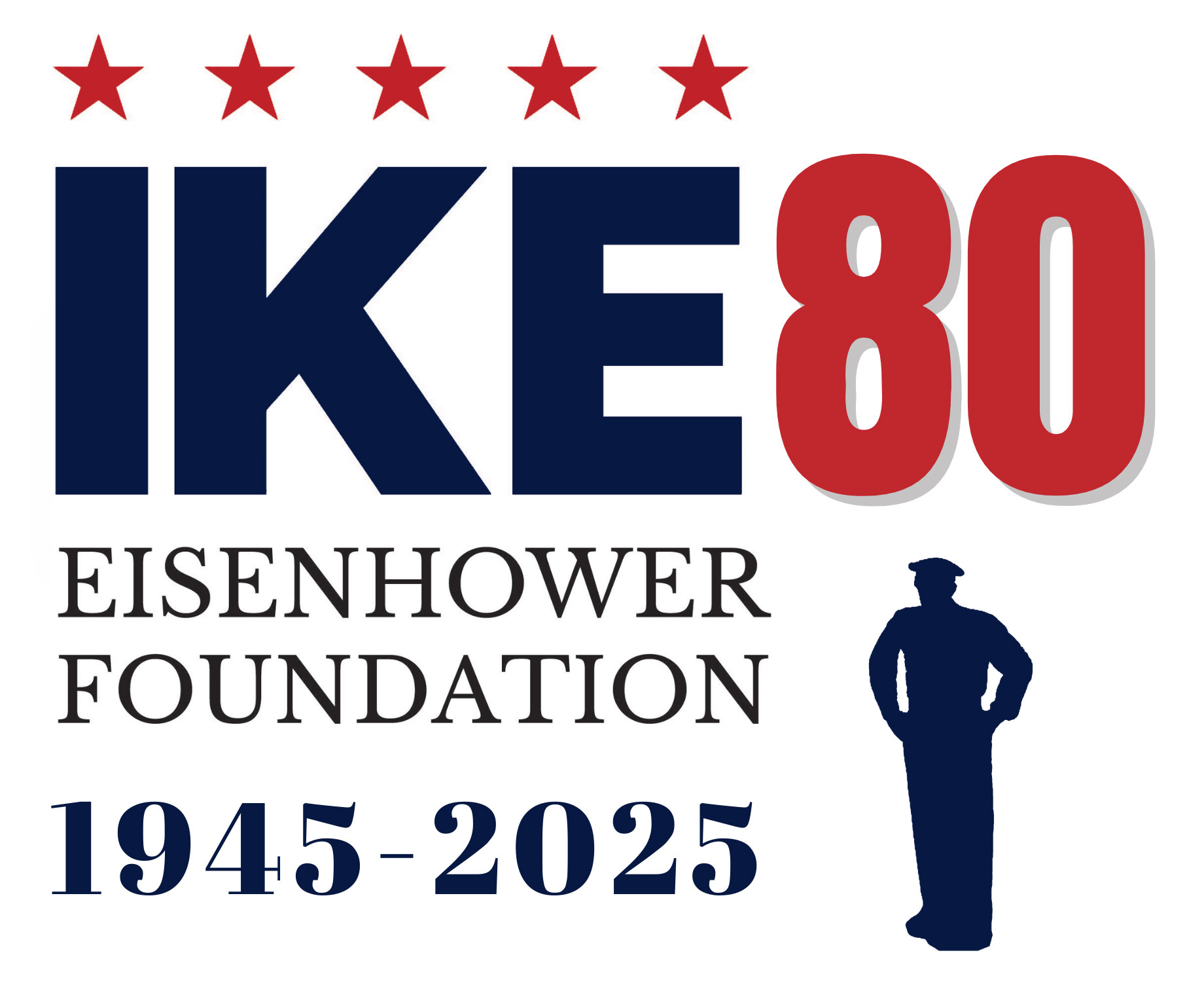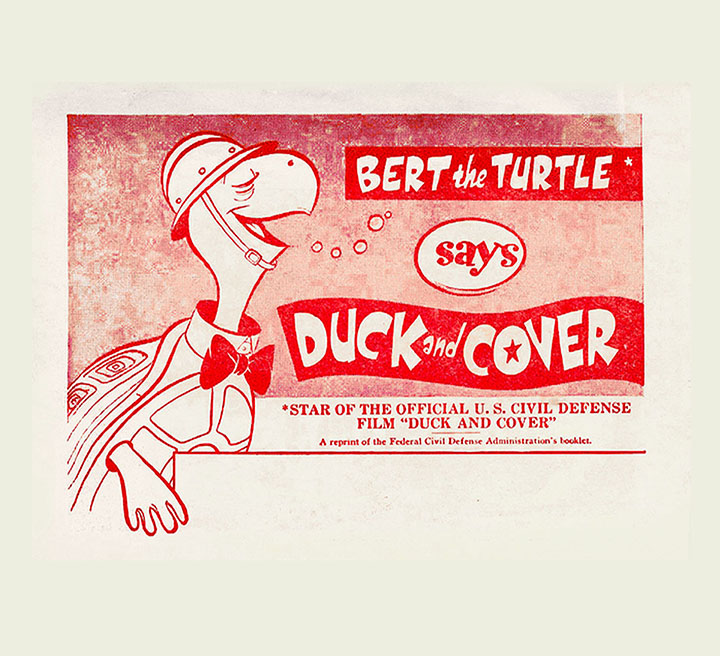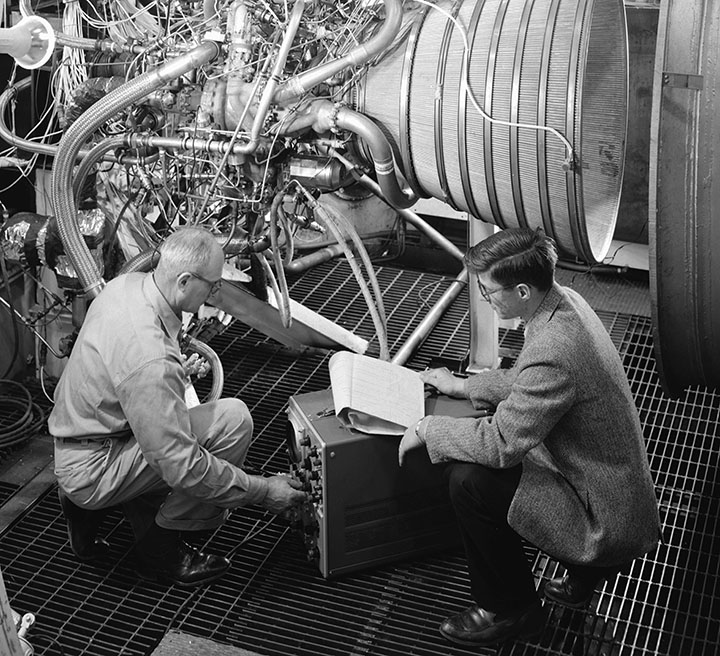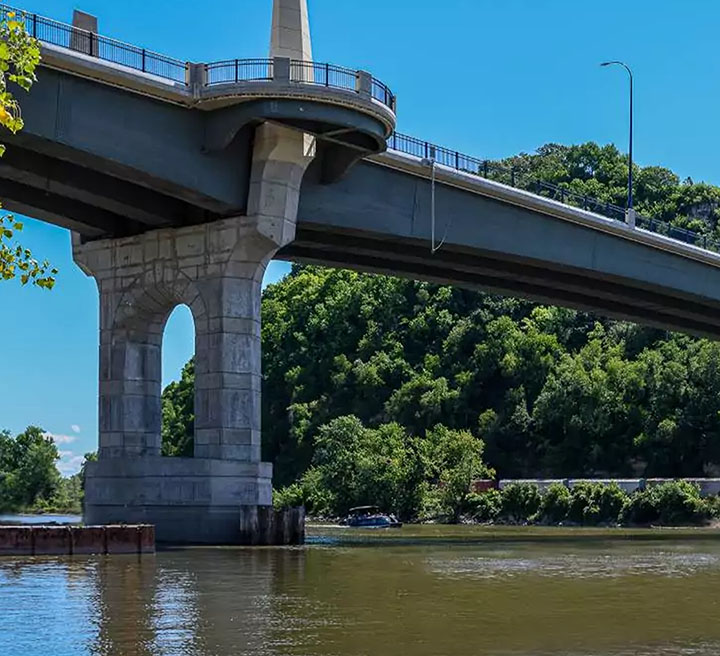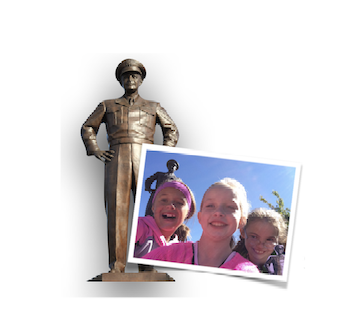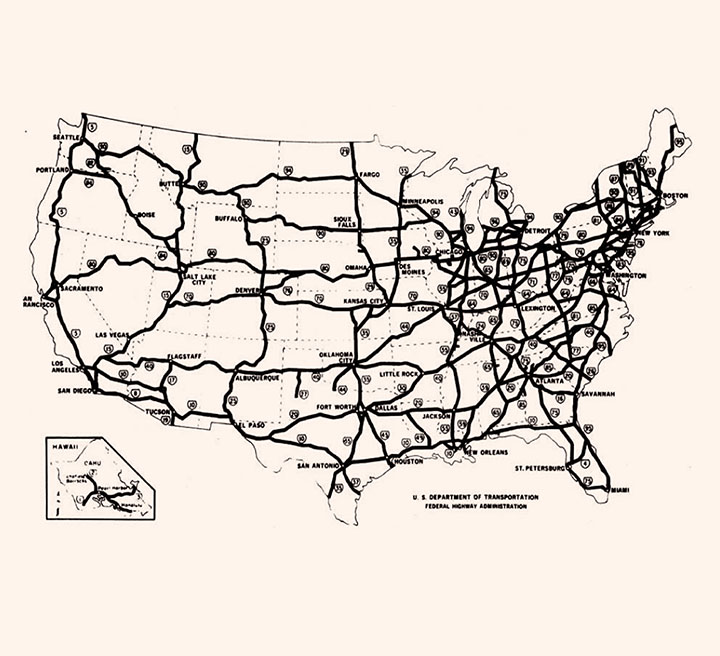Shortly after taking office, President Eisenhower needed to decide how the U.S. should confront Soviet Communist expansionism. In this program, students recreate Eisenhower’s Project Solarium to analyze primary sources, discuss and debate the merits of three options, andadvise the president of their recommendations.
Program Length:
80
Program Group:
Presidency
